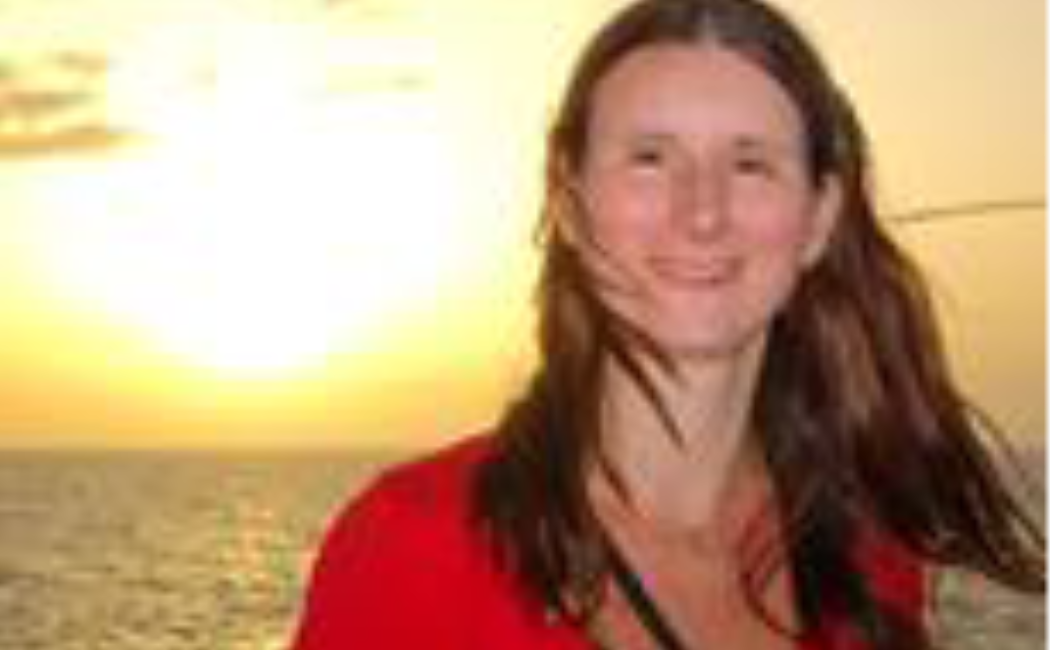.jpg?sfvrsn=1a62d0cb_0)
.jpg?sfvrsn=1a62d0cb_0)

Hydrothermal circulation at mid-ocean ridges can be traced by measuring chlorine (Cl) excess in erupted lavas when assimilation of hydrothermally altered crust by rising magma took place. Hydrothermal activity in the Red Sea is inferred in the Red Sea Deeps that host hot brines with hydrothermal sediments, but active hydrothermal vent fields have not be observed. The Red Sea Rift provides a unique opportunity to study assimilation of hydrothermally altered crust at an young, ultra-slow spreading ridge (maximum 1.6 cm yr-1 full spreading rate) by Cl, due to its high abundance in Cl in saline seawater (40-42‰, cf. 35‰ in open ocean water), in the (hot) brine pools (up to 270‰ salinity and 68°C) and in thick evaporite sequences that flank the young rift. Absolute chlorine concentrations (up to 1300 ppm) and Cl concentrations relative to minor or trace elements of similar mantle incompatibility (e.g., K, Nb) are much higher in Red Sea basalts than in basalts from average slow spreading ridges. Mantle Cl/Nb concentrations can be used to calculate the Cl-excess, above the magmatic Cl, that is present in the samples. Homogeneous within-sample Cl concentrations, the decoupling of Cl-excess from other trace elements and its independence of the presence of highly saline seafloor brines at the site of eruption indicate that Cl is not enriched at the seafloor. Instead we find basaltic Cl-excess to be spatially closely correlated with evidence of hydrothermal activity, suggesting that deeper assimilation of hydrothermal Cl is the dominant Cl-enrichment process. Proximity of samples to both evaporite outcrops and bathymetric signs of volcanism on the seafloor enhance Cl-excess in basalts. The basaltic Cl-excess can be used as a tracer - together with bathymetric maps and other indications for hydrothermal venting (hot brine pools, occurrence of metalliferous sediments) - to predict where active hydrothermal vent fields can be expected or inactive deposits may be located. Sites of particular interest for future hydrothermal research in the Red Sea Rift are the Mabahiss Deep, the Thetis-Hadarba-Hatiba Through and Shagara-Aswad-Erba Through (especially their large axial domes), and the Poseidon Deep. Older hydrothermal vent fields may be present at the Nereus and Suakin Deeps. These sites significantly increase the potential of hydrothermal vent field prospection in the Red Sea.
Dr. Froukje M. van der Zwan received her M.Sc. in geosciences with a specialization in geochemistry and petrology from the Vrije Universiteit Amsterdam, the Netherlands. There she worked on xenoliths from the Kaapvaal lithospheric mantle found in kimberlites (South Africa) and crystal size distribution studies of lavas from Merapi volcano (Indonesia). After her studies she moved to Kiel, Germany, where she performed her Ph.D. at GEOMAR Helmholtz Centre for Ocean Research Kiel, within the ‘Jeddah Transect Project’. The topic was Hydrothermal Activity at Slow-Spreading Mid-Ocean Ridges for which she developed a new method to measure basaltic chlorine with high precision on electron microprobes. She applied this method together with petrology and additional geochemical data to basalts from mid-ocean ridges with a focus on the Red Sea. The aim was to understand multiple processes at varying scales, from magmatism to hydrothermal circulation, prospection of submarine deposits and volcano morphology and she was involved in developing new geological models of the Red Sea. The current focus of her PostDoc project at the University of Kiel, for which she received a grant from the German Science Foundation, is on intraplate volcanism. She studies intraplate volcanism both on land, performing a project on volatiles as a potential cause for magmatism of the Cameroon Volcanic Line (West Africa) by geochemical studies of melt inclusions and in the ocean at e.g. the Bathymetrists Seamounts (Atlantic). She further works on continental breakup in the Red Sea and in the South China Sea. She has participated in 7 international research cruises, and lead the MSM70 expedition to the Bathymetrists Seamounts as chief scientist.